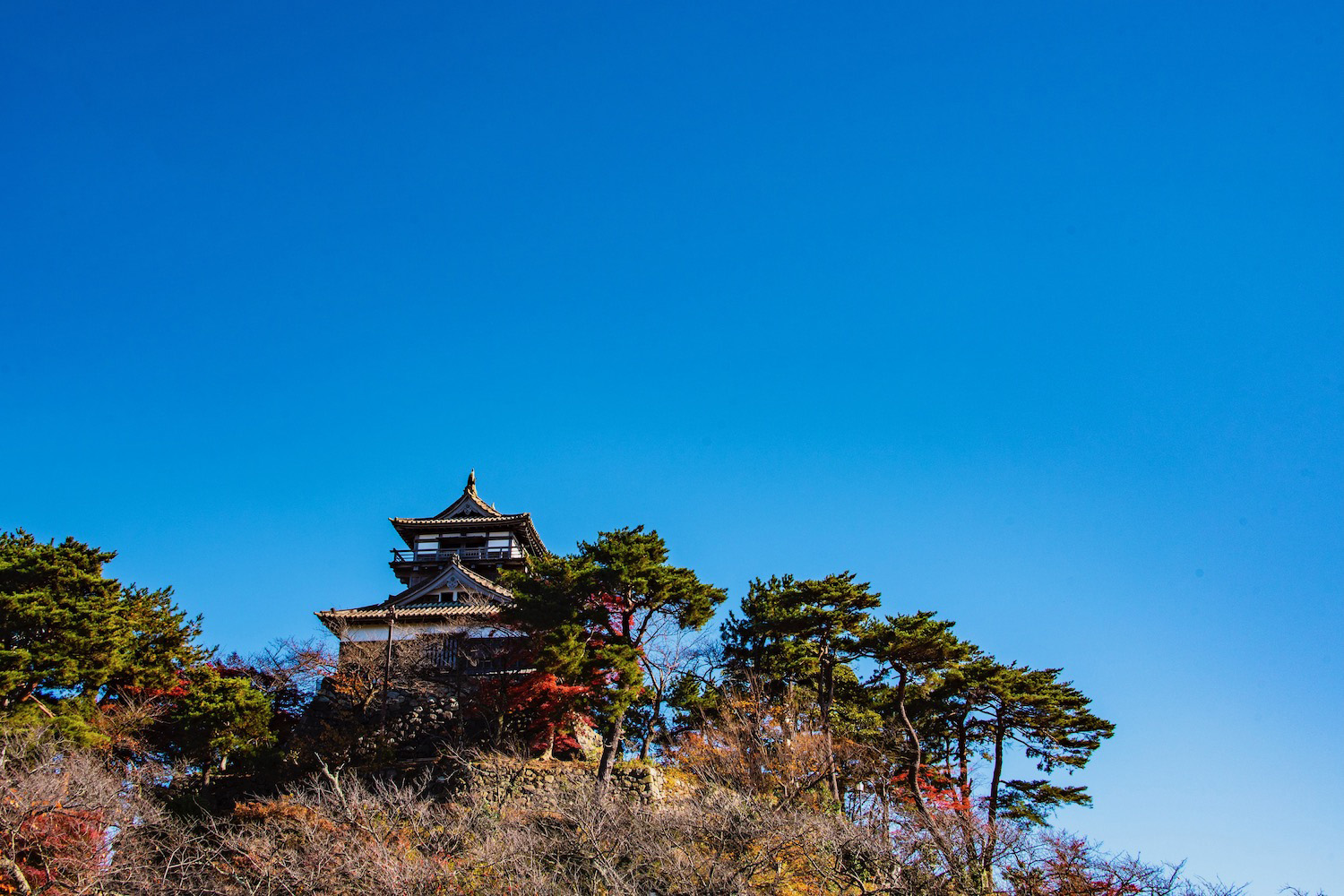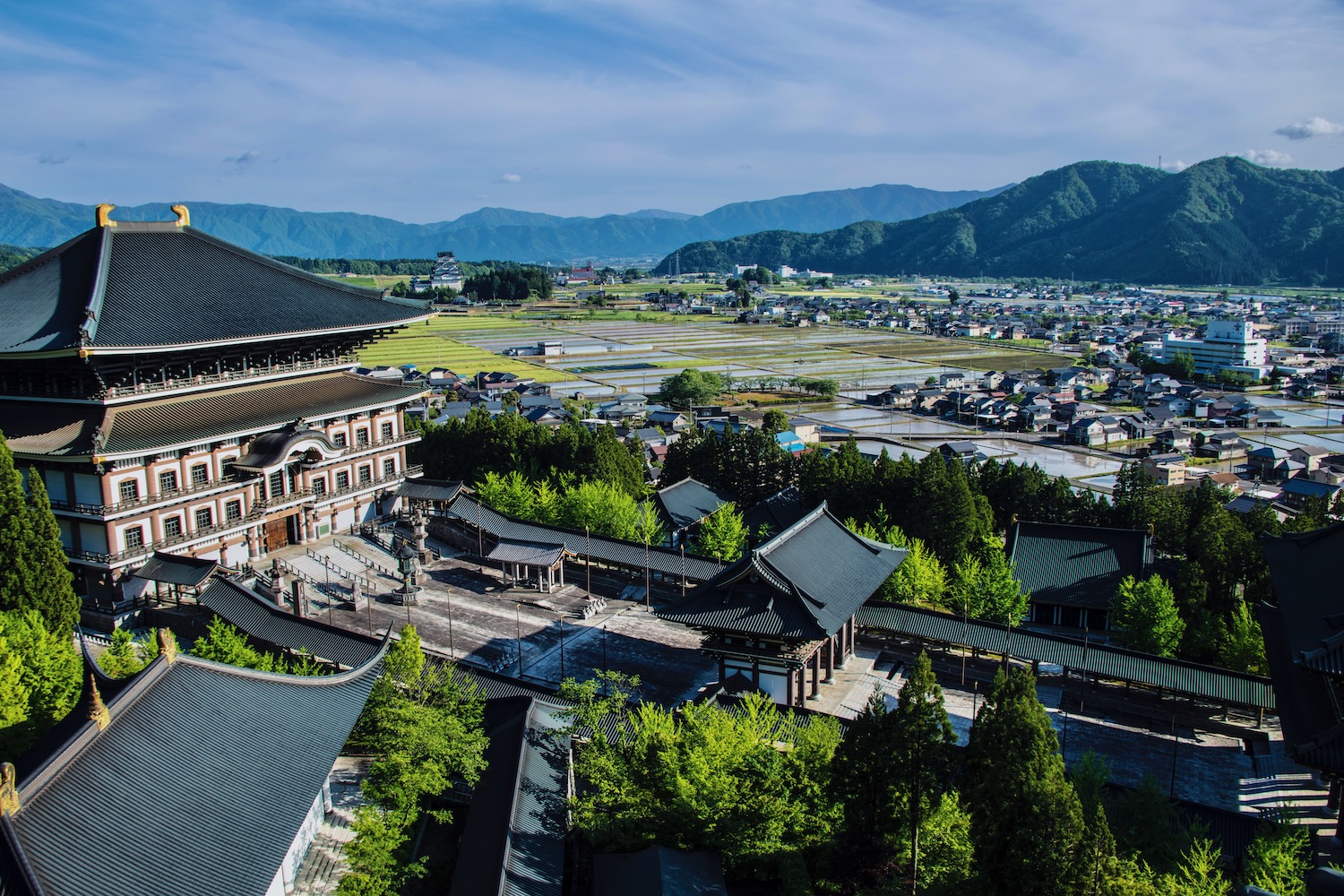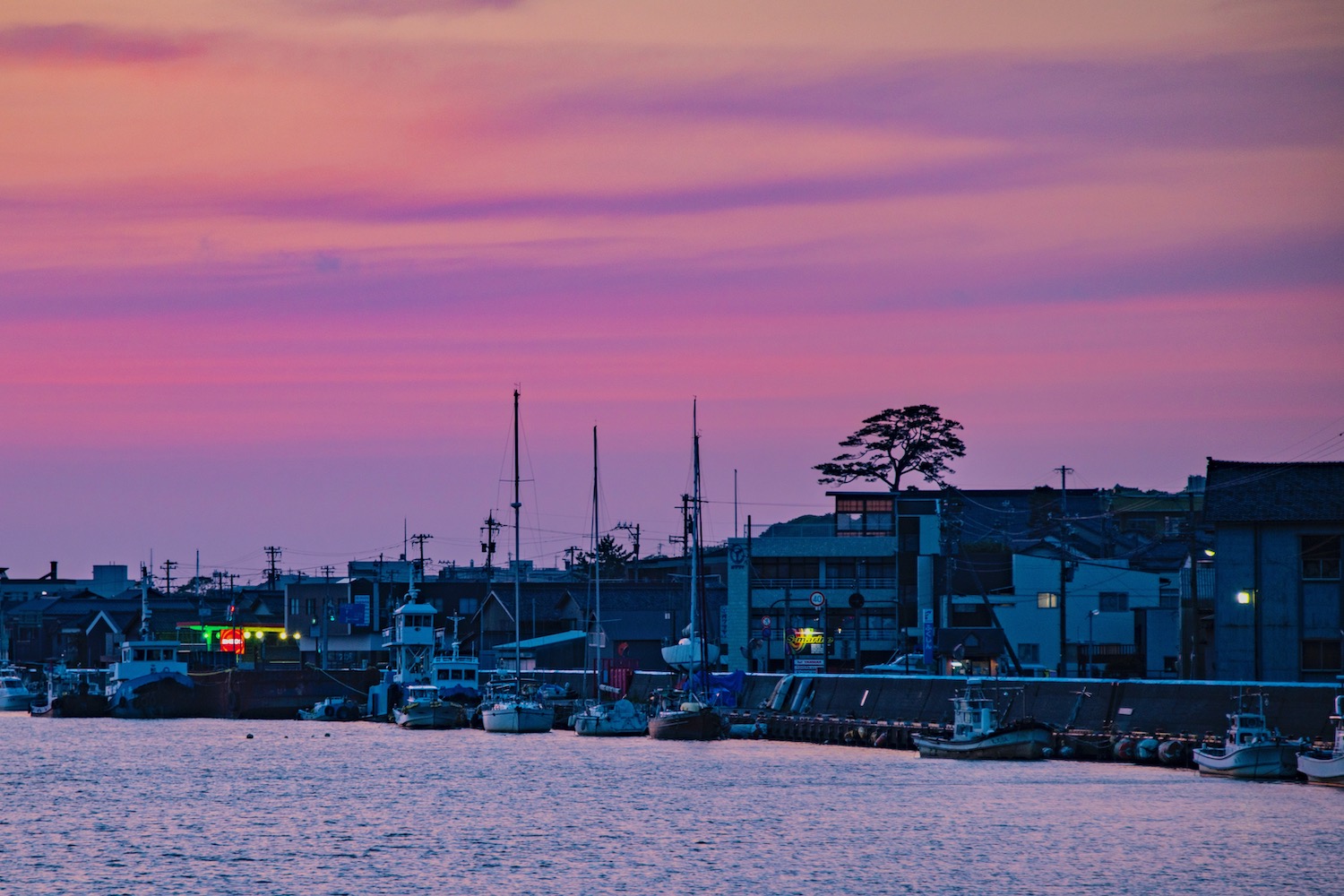A few years ago, Fukui received the dubious honor of being named Japan’s least-loved prefecture, winning over (losing out to?) perennial anti-favorites like Chiba and Ibaraki. While the rankings have since reverted to their pre-pandemic norms—Fukui is #3, or maybe even #4—the fact remains: Fukui doesn’t get much love.
But is this warranted? Up until very recently, I couldn’t credibly say. My only travel experience in Fukui, up to that point, was a pair of day trips from Kanazawa to Maruoka Castle, which is admittedly known to be one of Japan’s best.
The good news? I now have the depth of experience to be able to answer the question “is Fukui worth visiting?” definitively. The better news? After reading this post, you will do.
How I Came to Discover Fukui
As I previously hinted, it took me a long time to declare that Fukui was worth visiting. My first trip into the prefecture was in late 2019, when I made a day trip from Kanazawa to Maruoka Castle. At that time, I had little interest in exploring Fukui-ken beyond this particular castle. Or, shall we say, little urgency: In the pre-covid era, I never assumed I’d be banned from entering Japan for over two years. Time seemed immaterial.
To be sure, while I did visit Maruoka-jo a second time during 2021’s sakura season, it wasn’t until Japan reopened that I decided I would explore Fukui more intentionally. While my initial plans for doing so failed to materialize—I shortened my 2022 autumn trip and cut Fukui—I ultimately wound up here in May 2023. My experience was incredibly, as I think you’ll soon see.
Places to Visit in Fukui
Maruoka Castle

From the outside, Maruoka Castle is unassuming and diminutive, a small structure whose majesty mostly derives from the fact that it’s perched upon a hill. It is only when you go up inside the tenshu (one of only 12 original such structures left in Japan) that you realize what an impressive piece of architecture it is. Because of its convenience to Kanazawa, Maruoka Castle is the most common place in Fukui foreign tourists visit, although most never go beyond it.
Tojinbo Cliffs and the Echizen Coast

Because I’d been to Maruoka Castle twice by the time I returned to Fukui, I didn’t want to see how charming the third time would be. Nor did I want to focus too much on the kitschy dinosaur paraphernalia in Fukui city. So instead, I rented a car and make my way to Tojinbo, a collection of coastal cliffs that fierce in its beauty, but also too windy and cold to fully appreciate. I found the adjacent Echizen Coast disappointing, especially the ¥9,000 price tag for locally-caught crab.
Obama Town

Yes, there is a town in Japan—in Fukui prefecture, hence me highlighting it here—called Obama. And whether you’re a Democrat or a Republican (or even an American, frankly), it’s a standout. Head down to the waterfront for a seafood lunch, a boat trip or a stroll through ancient streets, or to a trio of temples on the outskirts of town to see why they call this place “Nara by the Sea.”
Eihei-ji temple

I’ve seen hundreds of temples in Japan, but I admit: I was absolutely floored by Eihei-ji. Sprawled out within an enchanting forest and divided among several tiers that rise along with the mountain it’s built atop, Eihei-ji is one of the main reasons I think that Fukui is worth visiting. I was still thinking about it as I made my way eastward to my next destination, and as Mt. Hakusan (as well as various manmade markers of suburban and rural Japan’s past affluence) towered teasingly in the distance.
Katsuyama City

I say that Eihei-ji was the highlight, but actually Katsuyama was nothing to shake a stick it. It was a one-two punch. After feeling overwhelmed by the size and splendor of the Echizen Daibutsu Buddha, I managed to take in the view from the nearby pagoda. I almost couldn’t believe my eyes. The sun now fully out, I took in a magnificent view of glassy rice fields surrounded by emerald mountains and one of Japan’s best-placed castle replicas (which, on its own, was nothing compared to the real thing in Maruoka).
Where to Stay in Fukui
Would you believe me if I told you that many travelers who do end up visiting Fukui don’t actually stay in the prefecture? Rather, they ride in for the day—on limited express trains like the Thunderbird from Kanazawa or Kyoto, or the Shirasagi from Nagoya. In 2024, Fukui will be even more convenient (at least to Kanazawa), when the Hokuriku Shinkansen extension opens.
If you do think that Fukui is worth visiting for more than a day, there are many options for where to stay. Convenience-wise, Fukui city (I like the Dormy Inn) is probably best, particularly if you plan to depend on public transport to get around. On the other hand, if you’re cool hunkering down in one place, I’d probably choose Katsuyama, where something like Kashikiri Minpaku is your best option.

Other FAQ About Visiting Fukui
What is Fukui known for?
In addition to being known as one of Japan’s least desirable prefectures (a perception I’ve obviously sought to counteract with this post), Fukui is known for being home to more dinosaur fossils than almost anywhere else in Japan. Beyond this, Fukui attractions such as the Tojinbo cliffs, Eihei-ji temple and Echizen Daibutsu Buddha are slowly but surely gaining a place on the travel radar.
What does Fukui mean in Japanese?
Fuku-i (福井) literally means “lucky well” in Japanese, although in the context of Fukui prefecture it usually just means “lucky” or “fortunate.” Many centuries ago, Daimyo Matsudaira adopted the name Fukui to describe the region because repeated military defeats had given the area an air of bad fortune.
Which part of Japan is Fukui?
Fukui is the westernmost prefecture of Japan’s Hokuriku sub-region, which is the northern slice of the country’s central Chubu region. In some ways, however, Fukui feels more similar to the coastal portions of Kyoto and Hyogo prefectures (which are in Kansai) than it does to Ishikawa and Toyama prefecture, which most people associate more closely with Hokuriku.
The Bottom Line
Is Fukui worth visiting? Yes, if you happen to be in the area, although I don’t know if I would make a point of coming here if you’re not. Certainly, points of interest such as Eihei-ji temple and Katsuyama City (including, but not limited to, Echizen Daibutsu) can compete toe-to-toe with the very best of the rest of Japan. On the other hand, Fukui is somewhat cumbersome to reach, even if the 2024 Hokuriku Shinkansen extension will make it less so. Want to incorporate Fukui into your Japan itinerary, but don’t quite know how? Hire me to plan your trip, and let me worry about making it work!






